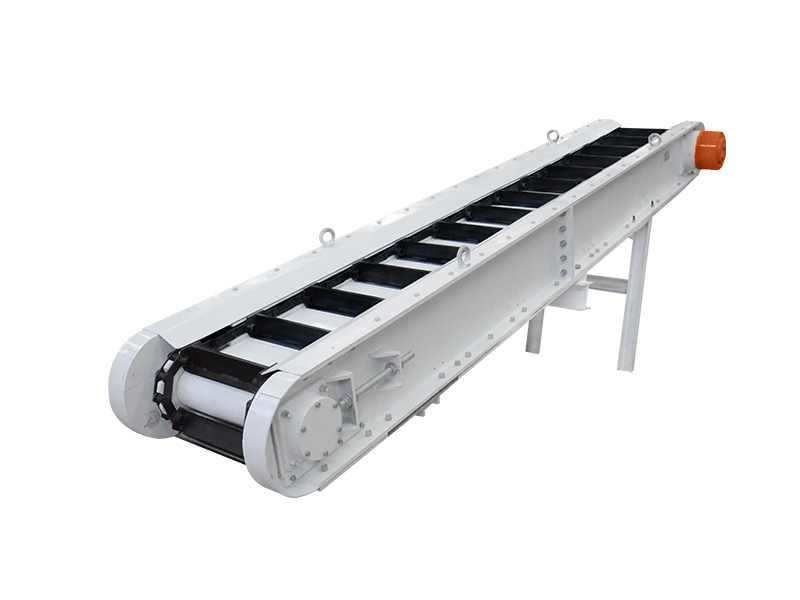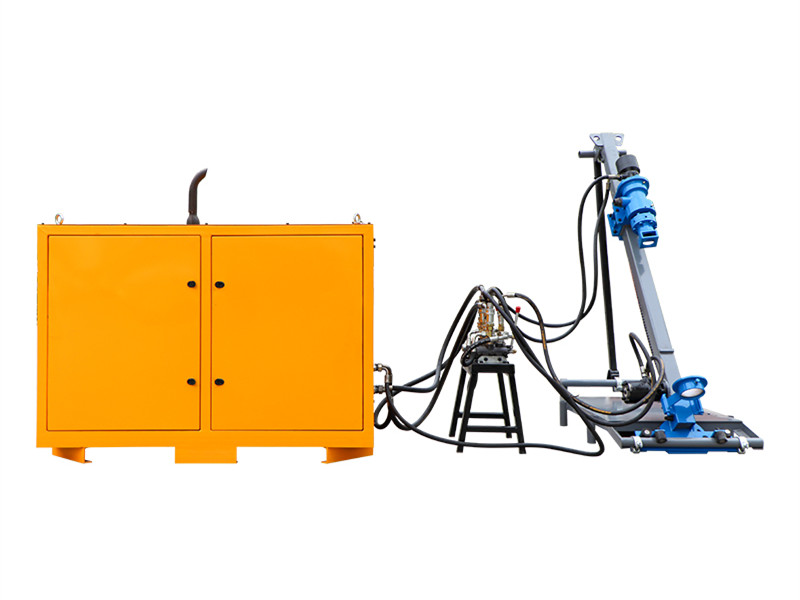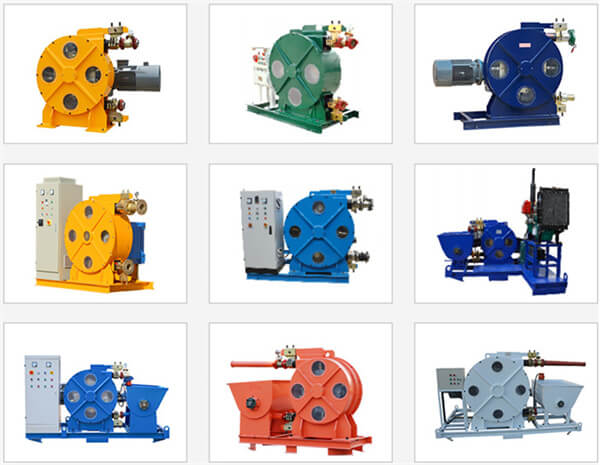Industrial hose pump for sale belong to the category of peristaltic pumps. A peristaltic hose pump is a kind of rotor-type positive displacement pump, named because its working principle is similar to the way the digestive tract transports gas, solid and liquid three-phase media in a peristaltic manner. There is no strict distinction between a hose pump and a peristaltic pump. Generally speaking, a peristaltic pump refers to small flow (in ml/min), low outlet pressure (not more than 3kg/cm2), and is mostly used in the sanitary field and laboratory measurement. The hose pump refers to large flow (up to 80 m3/hour) and high output pressure (up to 16kg/cm2) and is mostly used for large flow transportation and metering on industrial occasions.
The first priority for designers and users of a hose pump is its ability to deliver highly abrasive media. It has no valve and no seal, the only part in contact with the medium is the inner cavity of the rubber hose, and the rotor of the compressed hose is completely independent of the medium.
In addition, the industrial hose pump has many unique features: no other pump has better self-priming ability than the hose pump, which can almost generate a perfect vacuum to suck liquid; convey gas-containing liquid and foam liquid without air resistance; Conveying high viscosity, shear sensitive media is also a strength; a fixed displacement per revolution independent of outlet pressure, it is a natural metering pump.
Various advantages make hose pumps more and more widely used in mining, food processing, brewing, ceramics, water treatment, and other industries.
A high-quality industrial hose pump has a life span of 7-10 years. The biggest challenge is the hose of the hose pump, which is the core component of the hose pump, and its life is directly related to the cost of the pump. It can be said that hose pumps are designed around maximize hose life.
Some people intuitively believe that the abrasiveness of the media determines the life of the hose, which is a misunderstanding. The abrasive medium does wear on the inner wall of the hose, which makes the known thickness of the hose thinner, resulting in internal leakage or reverse flow and decreased flow due to lax compression; internal leakage further increases the wear rate of the inner wall; but high quality All hose pumps should be equipped with a hose compression adjustment device, which needs to be continuously adjusted during the use of the pump to prevent internal leakage and flow drop. Under the premise of not considering the compatibility of the conveying medium and the hose material, the life of the hose is the same when conveying strong abrasive media and non-abrasive mucus. In fact, in addition to the rubber type and manufacturing quality of the hose itself, the first factor that determines the life of the hose is the number of times the hose is compressed; the second factor is the way, strength, and frictional heat generated by the compression of the hose. In other words, the failure of the hose is due to the accumulation of compression cycles and fatigue aging caused by frictional heat. The best way to maximize hose life and extend downtime intervals is to reduce the number of times you compress the hose, use a compression method that causes the least damage to the hose, and a precise compression force.
Your position:
Home > News > Product News
Industrial hose pump for sale
date: 2022-03-30
Inquiry
Please feel free to submit your inquiry information to us. We will contact with you as soon as possible.


.jpg)
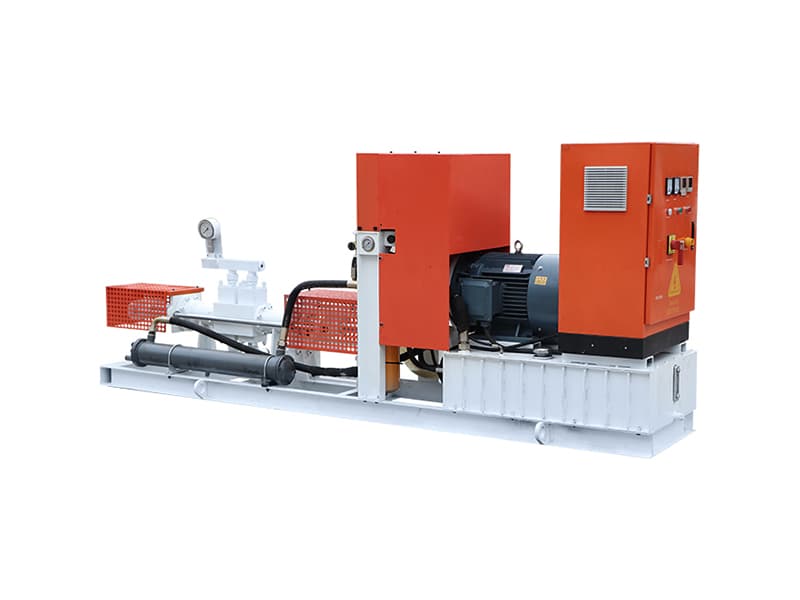
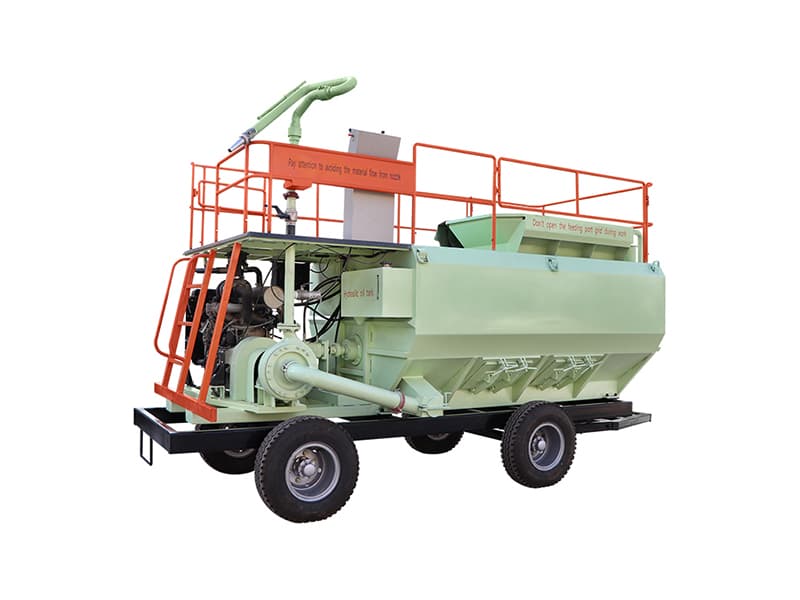
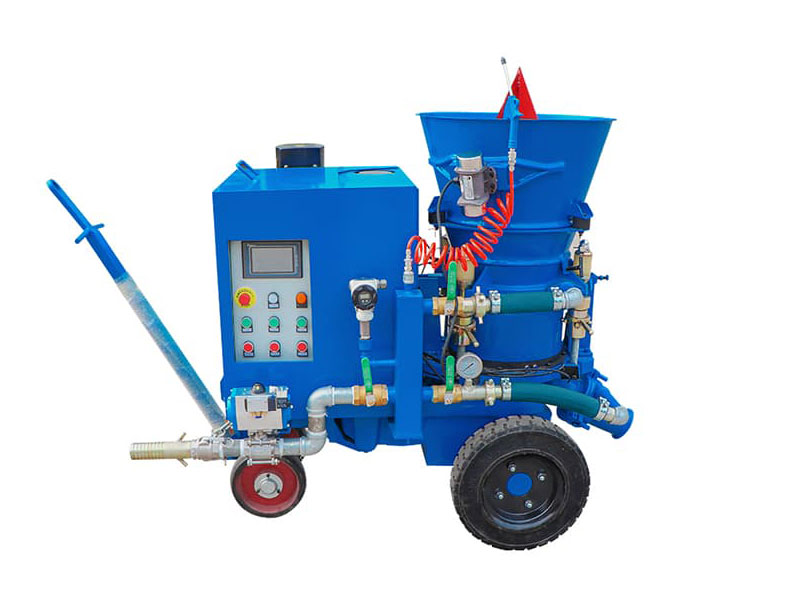

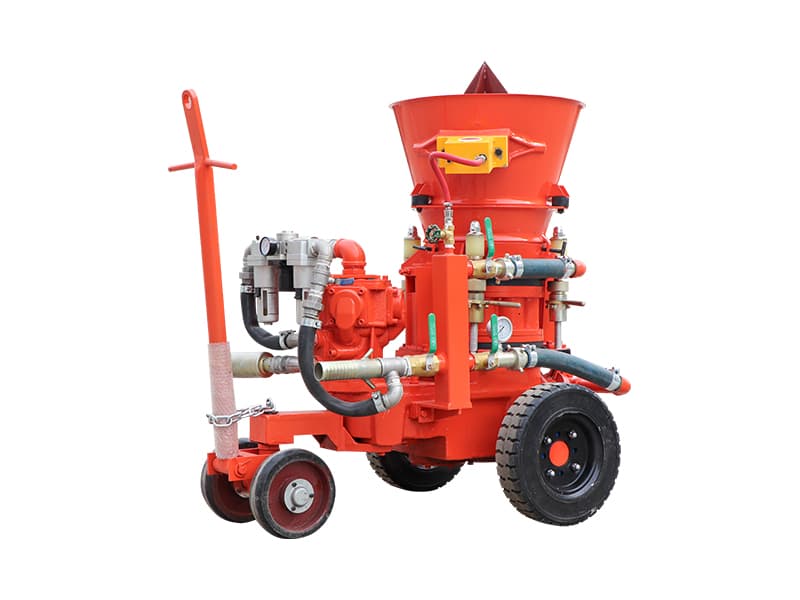
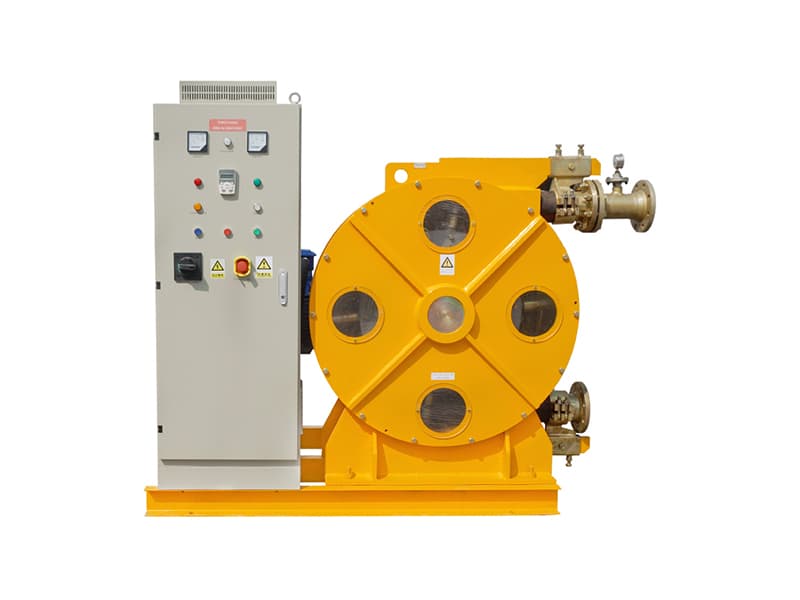
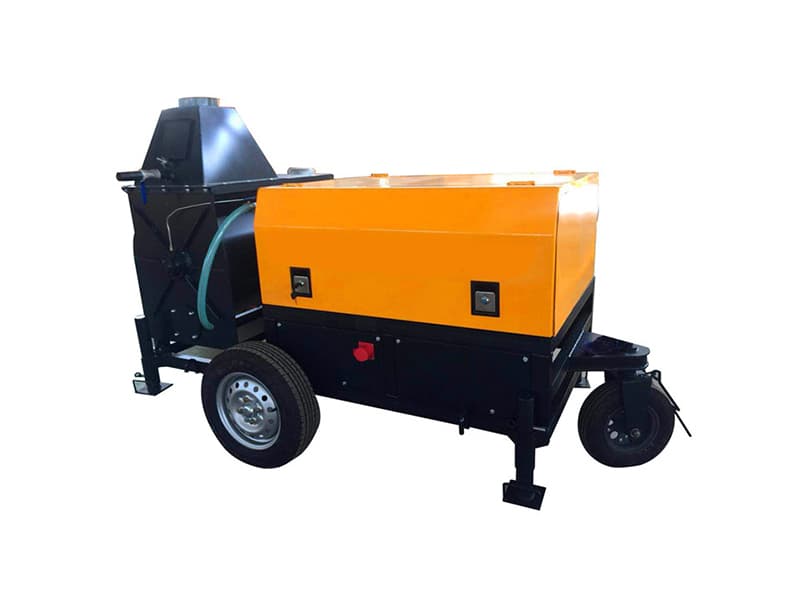
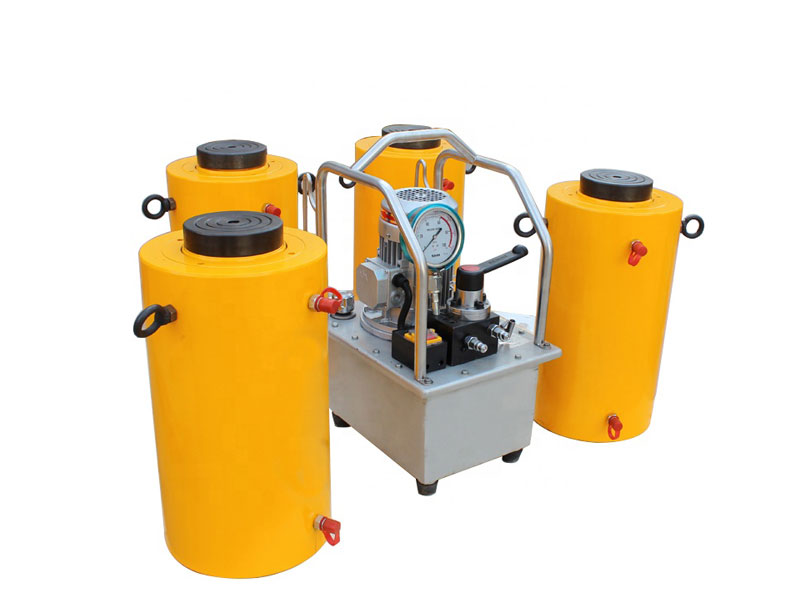
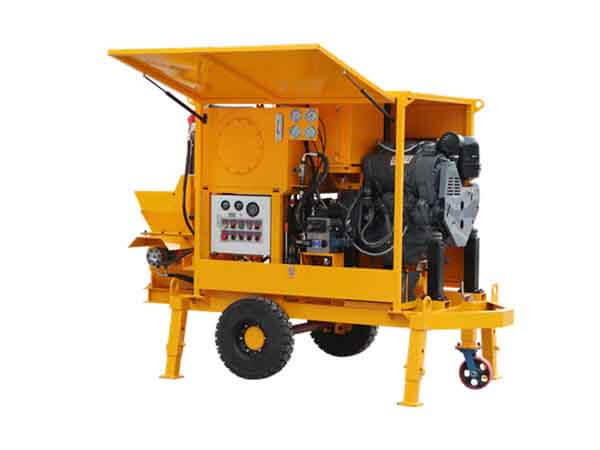
.jpg)

